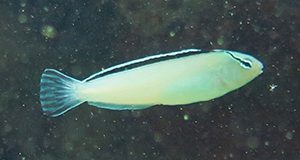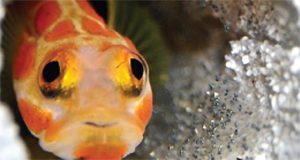Marine ornamental fish production is still in its infancy compared with its freshwater counterpart. About 1,800 wild-caught fish species are imported into the United States each year, clear proof of the need for the expansion of marine ornamental production to include new species and families of fish. Distinct behavior and a wide range of colors makes fish from the Blenniidae family, called blennies, a popular choice in the aquarium hobby. These hardy fish are small and rarely aggressive to other reef species and they eat algae and clean tank substrate. This 6-page fact sheet written by Jesse Von Linden, Joshua T. Patterson, Cortney L. Ohs, and Matthew A. DiMaggio and published by the UF/IFAS Program in Fisheries and Aquatic Sciences, School of Forest Resources and Conservation provides a brief overview of the family including description and taxonomy, natural history, culture techniques, a bit about disease challenges, and advice on marketing for ornamental Blennids.
https://edis.ifas.ufl.edu/fa225
Tag: Jesse Von Linden
Aquaculture Applications of the Family Gobiidae
Marine ornamental fish production is still in its infancy compared with its freshwater counterpart. About 1,800 wild-caught fish species are imported into the United States each year, clear proof of the need for the expansion of marine ornamental production to include new species and families of fish. The family Gobiidae is the fourth most imported family of marine ornamental fish. Gobies can be easily housed with a variety of other species of fish. Several have qualities that lend themselves to aquarium life. Some clean other fish and others sift the sand bed. Many naturally perch on the rockscape or corals, spending their time beautifying their surroundings with their bright colors and intriguing behavior. This 7-page fact sheet written by Jesse Von Linden, Joshua T. Patterson, Cortney L. Ohs, and Matthew A. DiMaggio and published by the UF/IFAS Program in Fisheries and Aquatic Sciences, School of Forest Resources and Conservation provides a brief overview of the family including description and taxonomy, natural history, culture techniques, a bit about disease challenges, and advice on marketing for ornamental Gobids.
https://edis.ifas.ufl.edu/fa226

